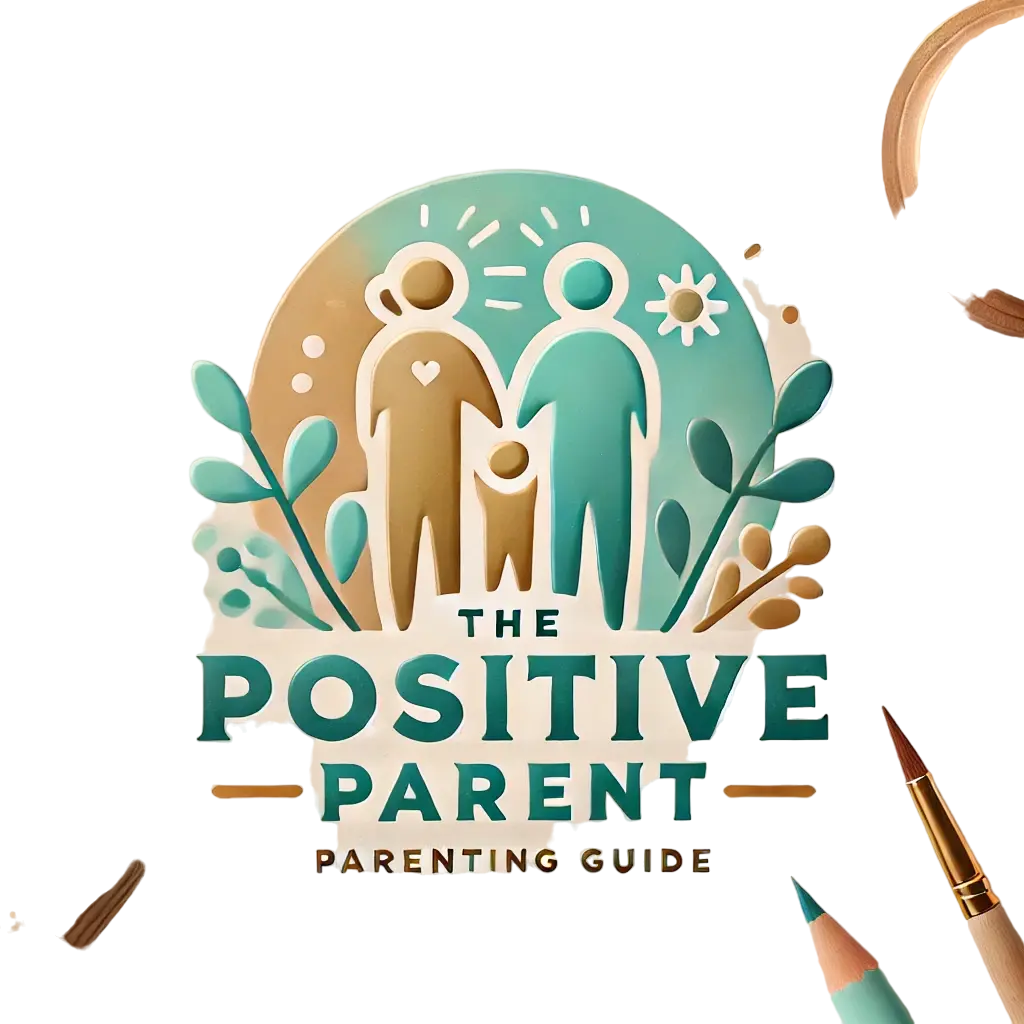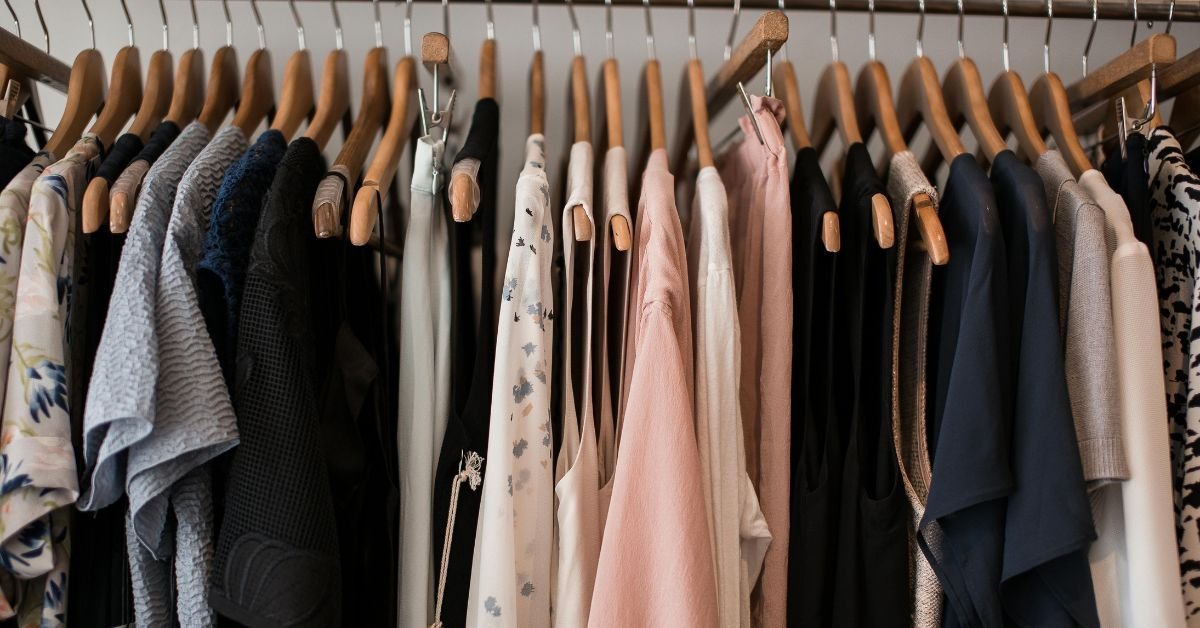Why Does My Kid Want to Wear the Same Thing Every Day?
Category
Categories

Understanding Your Child’s Desire to Wear the Same Thing Every Day.
As a parent, it’s easy to have idealized images of perfectly styled kids, but the reality can be quite different, especially when dealing with toddlers under the age of 3. It’s common for toddlers to have strong opinions about their clothing choices, which can lead to them wanting to wear the same thing every day.
For example, my daughter had a favorite blue princess nightgown that she insisted on wearing daily, even outside the house. Despite the raised eyebrows from others, I eventually gave in to avoid unnecessary battles. Understanding and respecting your child’s preferences can sometimes outweigh the need for conformity in their wardrobe choices.
Understanding Toddlers’ Obsession with Wearing the Same Thing Every Day
As parents, we often face challenges when our toddlers insist on wearing the same outfit every day. Surprisingly, this behavior is quite common and is a part of their developing identity and independence. Experts suggest that these battles over clothing choices are a normal part of toddlerhood.
Why Children Prefer Repeating the Same Things
Young children, especially toddlers and preschoolers, find comfort in familiarity. Whether it’s wearing the same outfits, reading familiar books, or watching their favorite movies repeatedly, the concept of sameness provides a sense of predictability and solace, according to psychologist Alicia Goodman, PhD, from Phoenix Children’s.
Dr. Goodman explains that amidst the constant influx of new information and experiences, sticking to the known helps ease the cognitive load on children’s developing sensory and learning capabilities.
Repeating the same activities or wearing the same clothes allows children to conserve mental energy, enabling them to focus on absorbing new knowledge and skills. It not only fosters a sense of security but also empowers them to assert their growing autonomy and independence. At this stage, children are beginning to discover their distinct identity and enjoy expressing their newfound opinions.
Understanding Temperature Comfort
Exploring different temperature ranges is beneficial for children, as they can experience feeling a bit cold or warm. For instance, if a child decides to wear a thick winter coat during summer, it is advisable to allow them to make that choice. This hands-on experience will help them understand the concept of temperature comfort and make more suitable clothing decisions in the future.
Why Children Might Resist Trying New Clothes
Children can sometimes be quite adamant about their clothing choices, with some refusing to wear anything new or insisting on wearing the same outfit repeatedly. According to Mikki Lee Elembaby, PsyD, an associate psychotherapist at Clarity Therapy NYC, this is a common experience among parents of toddlers.
Elembaby explains that the resistance to new clothes often stems from a desire for control. Toddlers and preschoolers are at a stage where they crave autonomy, and selecting their attire is one of the few areas where they can exert their preferences. When children are forced to wear specific clothing, they may instinctively resist. Additionally, sensory issues can contribute to this behavior, as some children have heightened sensitivities to certain fabrics or textures.
Why Allowing Children to Choose Their Clothes Can Be Beneficial
Young children often seek comfort in familiarity, and introducing new clothing items can disrupt this sense of security. It is essential to recognize that struggles over clothing choices are a normal part of a child’s development. Understanding the reasons behind these conflicts can help parents navigate them more effectively.
According to Elembaby, allowing children to select their outfits can foster independence and self-expression. As long as the clothing choices are not harmful, it may be beneficial to let children have their way. This act of choosing clothes becomes an early form of asserting independence and showcasing their individuality. By selecting their attire, children communicate a message of self-identity and autonomy.
What’s Behind Children’s Slow Dressing Habits?
According to Goodman, young children, specifically toddlers and preschoolers, approach getting dressed with intense concentration and planning. While this meticulous process may try the patience of parents, who have a keen awareness of time constraints, it is essential to understand that this behavior is perfectly age-appropriate for young children. So, next time you find yourself waiting impatiently for your child to select an outfit, rest assured that their deliberation at the wardrobe is part of their normal development.
They are still learning how to get dressed
Toddlers are in the process of mastering the skill of picking out their clothes, deciding on colors, and choosing accessories that match. They are also figuring out their preferences for long or short sleeves, shorts, or pants. After dressing themselves, they may need to double-check to ensure that their shirt is not inside out or their pants are not backward.
According to neuropsychologist Sara F. Douglas, PsyD, who specializes in evaluating the learning, emotional, and behavioral traits of individuals, the lengthy process of getting dressed is not always intentional.
Dr. Douglas highlights the significance of mastering buttons, snaps, and zippers as they are essential fine motor skills that require time and practice to develop proficiently.
Getting Ready Involves Cognitive Functions
The act of getting dressed, from taking off old clothes to putting on new ones, is more complex neurocognitively than we might think, especially for toddlers, according to experts. This process also requires executive functions like planning and organizing.
According to Douglas, there are cognitive challenges involved even in seemingly simple tasks when dealing with young children.
Time Perception in Toddlers
Young children, particularly toddlers, do not have a well-defined sense of time. According to Goodman, distinguishing between short periods like two minutes and longer durations such as 15 minutes is challenging for them. This fluid time perception contributes to their prioritizing immediate interests, like playing with a new toy or exploring a book, over daily tasks like dressing up.
Should You Ever Be Concerned?
It is common for children to struggle with selecting their outfits and expressing their independence through clothing choices. This can sometimes lead to clashes between parents and kids. However, it is essential to take note if your child consistently avoids specific textures or clothing types, or if the simple task of choosing clothes results in emotional meltdowns.
According to Goodman, a clear concern arises when children change outfits excessively every morning, with frequent battles that end in tears or anger multiple times a week.
When is it advisable to seek professional guidance?
These behaviors exhibited by toddlers can be a normal developmental phase that they will eventually outgrow. However, if parents have any concerns about their children’s behavior, it is recommended to seek advice from a professional as it could indicate underlying issues.
According to Elembaby, who works with children, these behaviors could also be indicative of rigidity in kids on the autism spectrum. For typically developing children, it is likely just a phase.
If a child insists on wearing only one specific outfit and gets extremely upset when it is not available, consulting a pediatrician or child psychologist may be beneficial.
Elembaby further emphasizes that such rigidity could sometimes indicate anxiety or sensory processing difficulties, but in most cases, the phase of having a “favorite t-shirt” will eventually pass.
Strategies to Ease Getting Your Children Dressed Without a Fight
Experts suggest that the initial step in addressing clothing struggles is to directly ask your child why they repeatedly choose the same outfits. Elembaby notes that it could be due to their personal preference and comfort in those clothes.
Elembaby further advises, “If it doesn’t affect their daily life negatively, ensuring that their favorite clothes are clean is key.”
Below are additional tips that may assist in smoother mornings:
Key Point
According to Goodman, it is essential to provide both your child and yourself with ample patience and understanding. Personal experience showed that letting a child wear the same blue princess dress daily did not result in any significant harm. On the contrary, it gave her the opportunity to showcase her independence and unique style, enabling the parent to concentrate on more crucial aspects of life.



